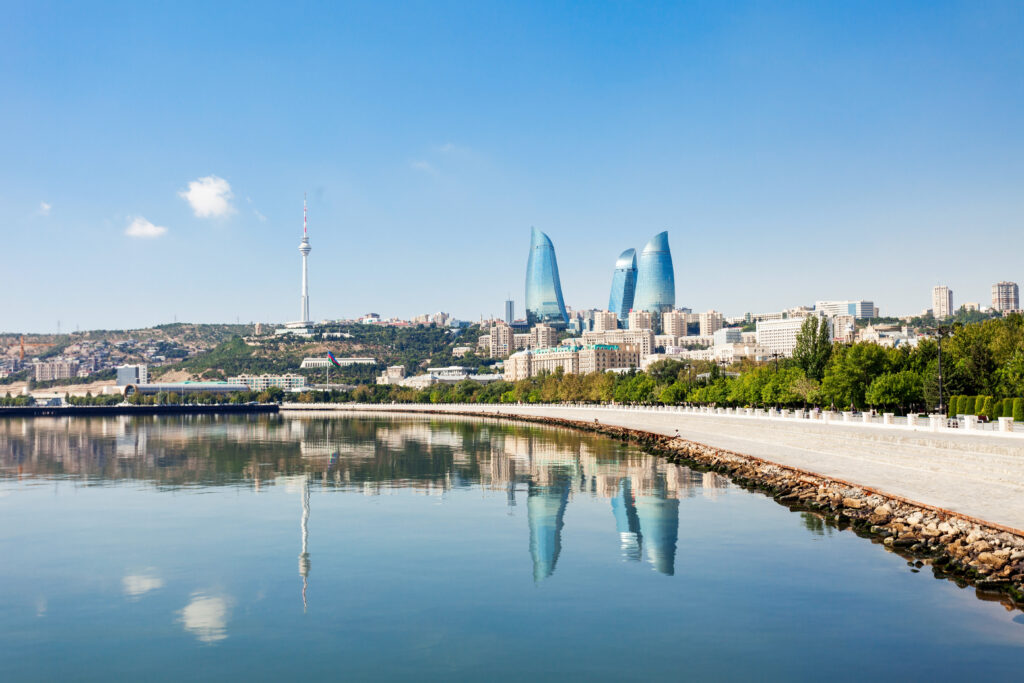Last year’s COP boasted the largest number of attendees to date, with over 97,000 heads of state, government leaders, and industry figureheads making the journey to the UAE. But, does the number of attendees signify that change is on the way, or is it more room for verbal fodder?
This year, as the world turns its attention to COP29 in Azerbaijan—another oil-rich nation—questions are surfacing about whether COP’s integrity and purpose are being upheld. So, what should we look out for? Here are the key topics and expected outcomes for COP29.
The ‘Finance COP’
The 2015 Paris Agreement set the stage for climate action, with wealthy nations pledging to contribute $100 billion annually to support global decarbonization efforts. Although this target was missed in 2020, it was finally met at COP28, which sets the financial expectations high for COP29.
This year’s conference is being dubbed the “Finance COP” as it aims to set a new climate finance target through the New Collective Quantified Goal (NCQG). Negotiations have been tense, with discussions focusing on how much funding will be provided, which countries will contribute, and where the funds will go.
Additionally, the COP29 presidency announced a new Climate Finance Action Fund (CFAF) in July. This fund seeks voluntary contributions, particularly from fossil fuel-producing nations, to support climate projects in developing countries. More details on the CFAF’s implementation are expected at the conference.
Global stocktake from COP28 and updated Nationally Determined Contributions (NDCs)
COP28 marked the first-ever Global Stocktake, an important benchmark where countries reported on their progress toward climate commitments. Now, COP29 will emphasise the need for countries to revise their Nationally Determined Contributions (NDCs) to meet the urgent demands of the climate crisis.
Azerbaijan, the UAE, and Brazil are among the nations expected to present updated NDCs, with new targets aimed at reducing greenhouse gas emissions by 2035, along with strengthened 2030 targets where possible. These updated NDCs will play a crucial role in defining actionable, achievable climate plans, which can also attract further investment to support ambitious climate goals.
Greater private sector involvement
Expect a significant focus on the role of the private sector in achieving global climate goals. With governments around the world increasingly holding companies accountable for their emissions, COP29 is likely to encourage private sector leaders to step up their climate commitments. This includes investment in renewable energy, sustainable supply chains, and climate-resilient infrastructure.
The debate around fossil fuels continues…
Some of the biggest takeaways from COP28 were wrapped up in the minutia, especially when it came to key terminology. Rather than taking a stance to phase “out” fossil fuels, last COP saw the terminology refer to the transition “away” from fossil fuels in an “orderly and equitable manner”. While some where happy it was acknowledged, others were concerned at the lack of urgency in relation to the world’s current climate emergency.
“To those who opposed a clear reference to a phase out of fossil fuels in the COP28 text, I want to say that a fossil fuel phase out is inevitable whether they like it or not. Let’s hope it doesn’t come too late,” said UN Secretary General, António Guterres at the close of the conference.
COP29 is poised to build upon COP28’s foundational work by pressing for concrete commitments and actionable policies. With a focus on finance, transparency, and measurable progress, this year’s COP could be pivotal in defining global climate action for the next decade.

